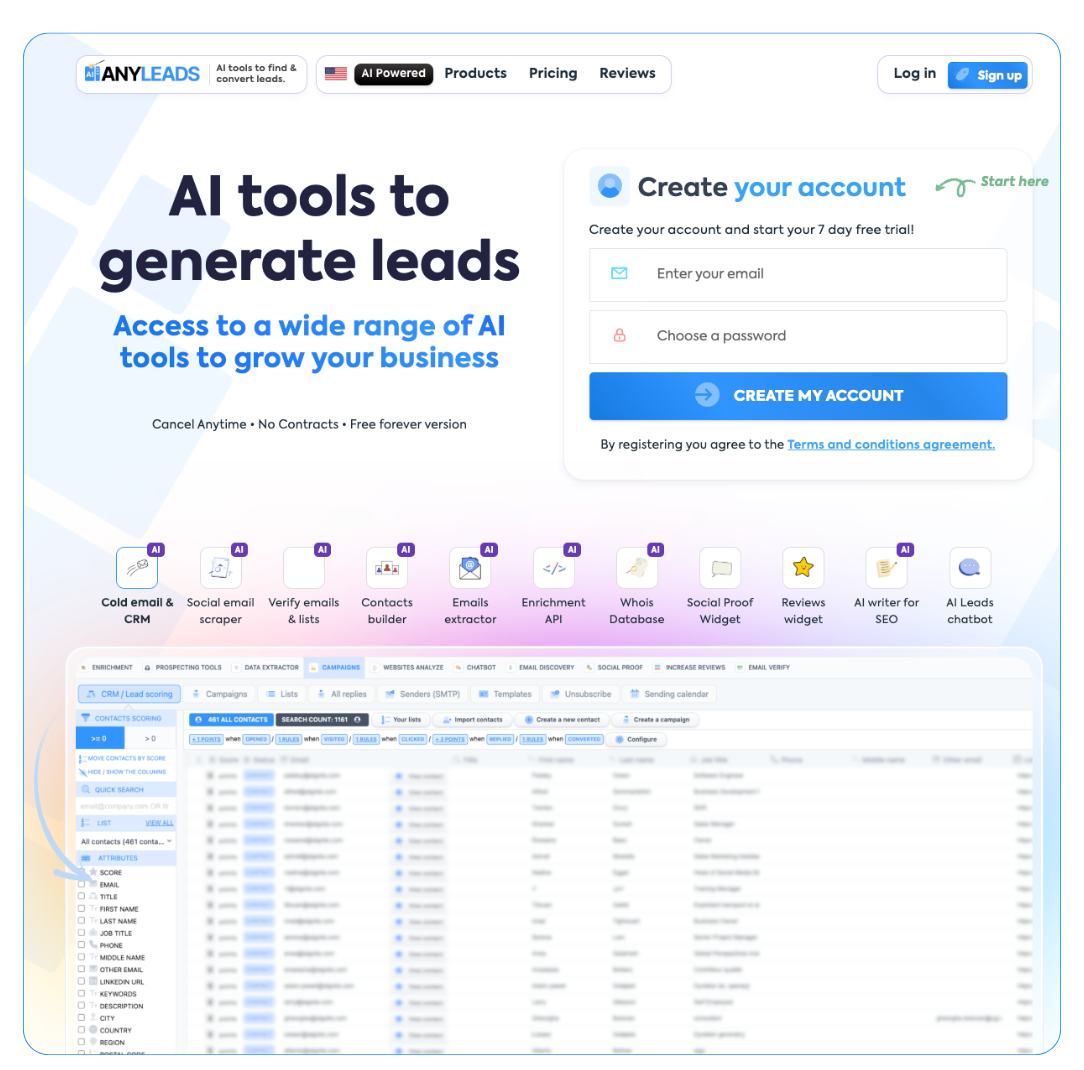 LIMITED SPOTS
All plans are 30% OFF for the first month! with the code WELCOME303
LIMITED SPOTS
All plans are 30% OFF for the first month! with the code WELCOME303

 LIMITED SPOTS
All plans are 30% OFF for the first month! with the code WELCOME303
LIMITED SPOTS
All plans are 30% OFF for the first month! with the code WELCOME303


Is the construction industry still operating in the medieval ages compared to other sections? And if so, why, in a field that builds the future, are so many teams stuck using tools from the past?
Let’s put this through an example: You’re deep into a complex build. Crews are shuffling between tasks, materials are timed to the hour, and everything seems balanced, until it isn’t. A critical shipment gets rerouted. An update gets buried in someone’s inbox. And then, there’s the site lead, texting a photo of a spiderwebbed windshield on the only truck capable of hauling the next delivery.
If you’ve ever worked in construction, you know these problems aren’t the exception. They’re the norm. But that doesn’t mean we have to accept them as business as usual. The companies making the most headway aren’t always the biggest; they’re the ones using smart tools and fast fixes to stay ahead of the pace. Shall we take a look together at those fixes and tools?
At its core, construction is still a people-first industry. You build with hands, minds, and collaboration. But as complexity increases (from compliance to client expectations to materials tracking), the human element needs smarter support.
That’s where digital tools come into play. Not to replace boots on the ground, but to support them with real-time visibility, streamlined coordination, and fewer dropped balls.
By digitizing key workflows, you gain tighter control over timelines, reduce the communication breakdowns that eat into profits, and keep everyone from foremen to clients in the loop. The goal isn’t to go all-in on software for the sake of it. It’s to choose the right digital muscle to support your daily grind.
If there’s one tool that consistently levels up construction projects, it’s centralized project management software. Field teams and office staff often work in different rhythms, but they need to stay in lockstep. When information is fragmented across emails, texts, whiteboards, and spreadsheets, it becomes almost impossible to respond in real time.
That’s why platforms like software for construction project management by Fieldwire by Hilty are gaining adoption. Fieldwire consolidates drawings, checklists, photos, and task assignments into one shared space. Beyond going digital, it’s important to give everyone on the job a single source of truth.
What if your framing crew runs into trouble with an old plan? Instead of waiting for a callback or digging through folders, they open the app, see the latest version, leave a note with a photo, and move forward. Office staff get notified instantly. No delays. No misinterpretation. No wasted hours.
Not only does that kind of instant feedback loop make life easier, but it also helps you meet deadlines with less stress. And the more complex your project, the more crucial that visibility becomes. Christopher Vardanyan, co-founder of Rocket Moving Services, shares his experience: 'In our business, staying organized and on top of things is essential. We used to rely on scattered communication tools, which led to delays and confusion. After switching to a centralized system for managing projects, things improved quickly. Our teams could get real-time updates, which helped us coordinate better and resolve problems faster. This change made our operations smoother, allowed us to meet deadlines more often, and ultimately helped us deliver better service to our clients, just like how construction teams use digital tools to stay on track.


Big delays rarely start big. They begin with overlooked details, a vehicle that’s out of commission for a cracked windshield, a piece of safety gear that doesn’t arrive, or a minor equipment glitch that snowballs into hours of lost time. These seemingly small disruptions don’t just add stress; they create ripple effects across an already packed schedule.
Take fleet vehicles, for example. A single truck with a cracked windshield might seem like a minor inconvenience, easily pushed down the priority list. But the reality is, damage like this can sideline a vehicle, delay deliveries to the jobsite, raise liability concerns, or even trigger DOT violations. In a profession where timing is everything, that’s not a risk you want hanging over your head.
That’s why it’s crucial to empower teams with the knowledge to spot small issues early and act decisively. Resources like Fleetio’s guide on how to repair windshield cracks give crews actionable steps for field fixes, along with guidance on when a job should be escalated to a professional. Having this clarity in the moment prevents knee-jerk reactions, or worse, prolonged inaction.
Think of it as daily maintenance for your entire operation. Ten minutes spent patching a minor crack could save days of downtime, especially when you’re handling fleet management across multiple job sites or vehicles that keep your projects moving. Throughout a busy season, those small wins stack up into real operational gains.
We’ve all seen it happen: a concrete pour rescheduled, but no one updated the sub. Or a spec change gets emailed to the architect but never reaches the installer. These communication gaps don’t just cause frustration; they cost money.
The solution isn’t just “more meetings.” It’s faster, more traceable communication. That means platforms where everyone can:
See updates in real time
Track tasks with context
Receive notifications when something changes
Good software doesn’t just help you talk more; it helps you talk smarter. That’s a major shift. It turns reactive workflows into proactive collaboration.
Here’s the trap many teams fall into: they get excited about digital transformation, invest in a handful of promising apps, and introduce them all at once, without a clear rollout plan, cross-training, or consideration for how (or if) the tools fit together.
What starts with good intentions often ends in fragmented workflows, overwhelmed crews, and tools collecting dust after a few weeks of frustration.
The smarter move? Start narrow. Identify one or two persistent pain points, say, schedule miscommunication or difficulty locating tools, and focus on solving those with targeted, field-tested solutions. Mobile compatibility is non-negotiable. If your crew can’t use it with dirty gloves and no Wi-Fi, it won’t last long.
User-friendliness aside, the real magic happens when tools integrate. Interoperability reduces data silos and double entry, and it allows information to flow naturally between your systems. Prioritize:
Project management software that syncs seamlessly with your scheduling platform, so task shifts don’t get lost
Fleet tools that push updates to your inspection logs, keeping maintenance current and accountable
Time tracking that connects directly with payroll, so foremen aren’t chasing down hours on Friday afternoons
When these tools talk to each other, they become more than digital replacements; they become time-savers, risk reducers, and decision-making accelerators. Being able to integrate software is crucial for making it work as a whole.
And don’t overlook onboarding. Even the best tools will fail if your team doesn’t feel supported from day one. Build in time for walkthroughs, choose vendors who offer responsive customer support, and check in often.
Your team’s trust in the system is just as valuable as the system itself.
To build something smoothly, you don’t have to avoid every problem; you just have to train your reflexes to deal with them quickly and clearly. That’s where the power of incremental change comes in. Quick wins, when executed consistently, form the foundation for long-term improvements that ripple across the jobsite.
Let’s take something like automated daily reporting. It may start as a simple time-saver, but soon it’s doing much more: aligning project stakeholders, reducing disputes over what was done and when, and helping superintendents make better decisions day by day.
QR code tagging for equipment not only cuts down on asset loss but also gives foremen and operations real-time data on usage and availability. Add live photo documentation, and you’ve suddenly got an evolving visual history of the build, useful for compliance, client transparency, and even training new crew members.
When your team sees how these tools reduce frustration and give them time back, trust increases. Adoption becomes a habit, not an obligation. And that behavioral shift (crew members taking the initiative to document, to flag issues early, to track and verify) begins to reshape the rhythm of the job.
None of this requires tearing down existing systems. It calls for a commitment to improvement in motion. Choose one area, build momentum, and let the results speak for themselves. With each successful implementation, you’re not just improving processes; you’re changing how your team thinks about quality, responsibility, and time.


At the end of the day, what makes a construction project successful isn't just budget adherence or on-time delivery. It’s the sense of shared force, where every team member knows what’s happening, where they fit in, and how their work moves the whole thing forward.
That’s the true power of tech in construction. Not replacing people, but enabling them. When you have clarity, collaboration, and control at your fingertips, you’re building structures, alignment, and a stronger business foundation.
So look at what’s slowing you down. Maybe it’s a communication gap. Maybe it’s clunky paper processes. Maybe it’s simply a lack of knowledge about how to fix that crack in the windshield.
Whatever it is, there’s likely a smart, doable solution already within reach. And once you make that first fix? The rest gets easier. One improvement at a time. One smoother project after another.
Author:
Mika Kankaras
Mika is a fabulous SaaS writer with a talent for creating interesting material and breaking down difficult ideas into readily digestible chunks. As an avid cat lover and cinephile, her vibrant personality and diverse interests bring a unique spark to her work. Whether she's diving into the latest tech trends or crafting compelling narratives for B2B audiences, Mika knows how to keep readers engaged from start to finish. When she’s not writing, you’ll likely find her rewatching classic films or trying to teach her cat new tricks (with mixed results).